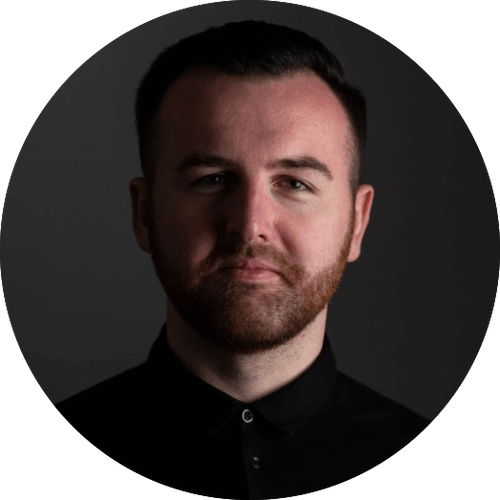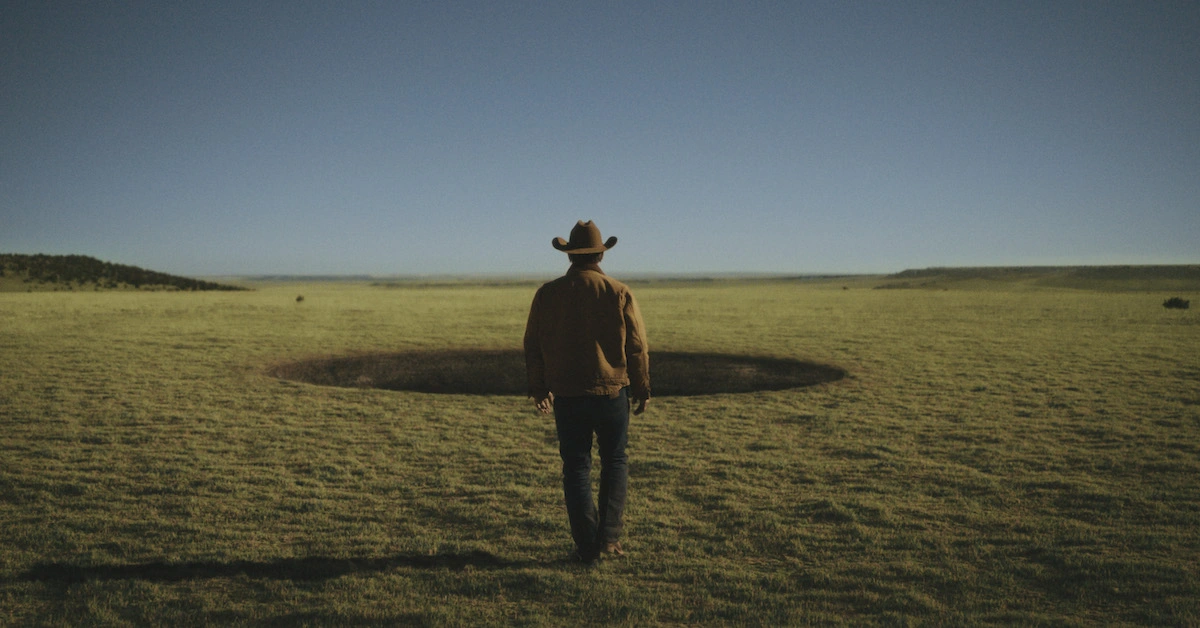Learn how the Outer Range sound team created the show's otherworldly soundscape.
Outer Range is an exciting new look at rural America, with a twist. From the mind of Brian Watkins, this new series features a melting pot of Western backdrops fused with science fiction thriller. The first season of Outer Range is now available to stream on Prime Video.
Crafted at Harbor’s New York studios, the sound world of the show is full of fascinating and effective sonic choices that bring the story to life. We caught up with Andrea Bella (supervising sound editor), Kevin Peters (sound designer), and Laura Heinzinger (Foley supervisor) to get their input on the creative process for building the soundtrack.
It's a pleasure to connect with you all! I'm really enjoying the show and how you've brought to life the world of Wyoming. What was your overall approach to world building with sound for this show?
Andrea Bella: Thanks so much for giving us the opportunity to talk about the show. We are glad you are enjoying it. Working on this show was an incredible experience for the whole team.
This show’s storyline and characters are so rich and complex, there are many layers to unravel and compose. We have the physical world that the people inhabit and the internal world where the characters emotionally live. Our approach was to tackle each one individually. The beautiful Wyoming wilderness, family relationships, life on a ranch, the rodeos and then there was the metaphysical dimension. Each of these layers interact with each other and have a cause and effect. It was important to re-create those spaces as realistically and vividly as possible. This way, when the real world and the metaphysical world interact, we would feel the shift in the environment.
We were lucky to have Clay Lilley, a rodeo expert talk with the FX team and the ADR/Loop Group teams about how a rodeo should sound. The vehicles in the show were also significant, they were an extension of each character’s personality. It was tricky getting the engines to realistically match the vehicle and capture the emotional expression of the moment. It was the same with the guns.
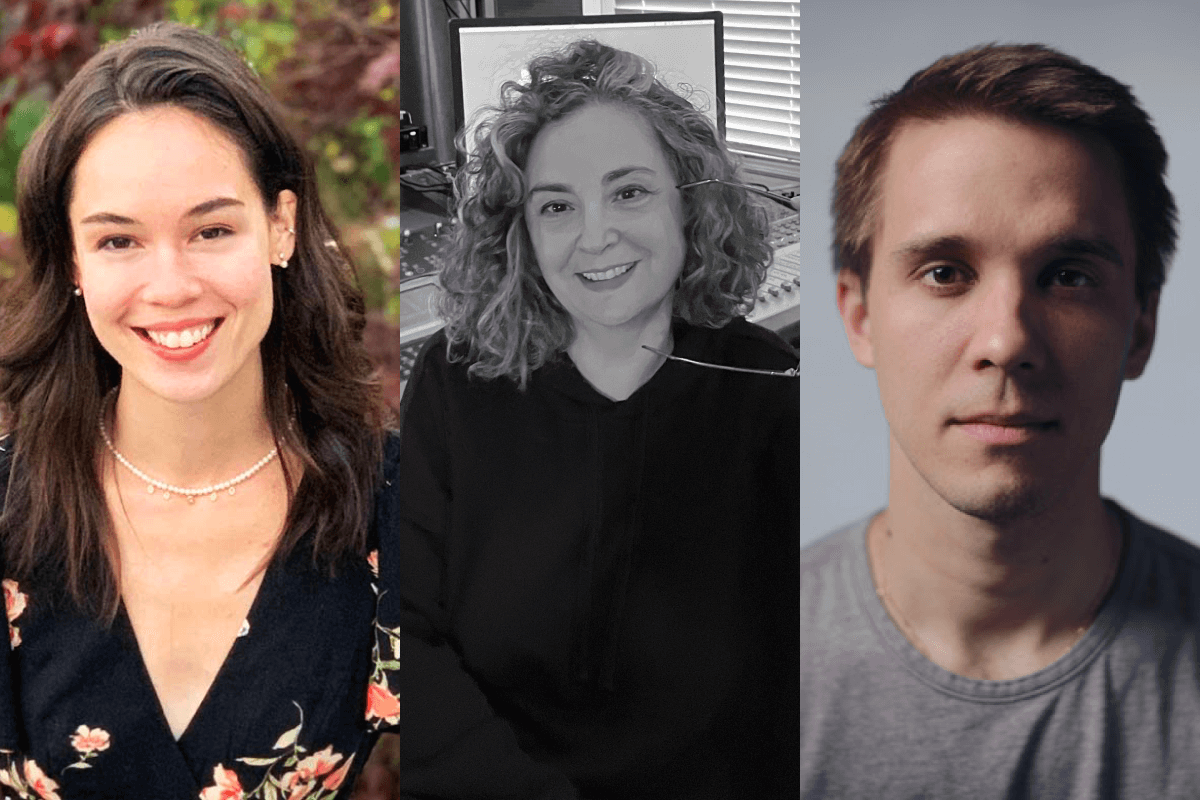
From left: Laura Heinzinger (Foley supervisor), Andrea Bella (supervising sound editor), Kevin Peters (sound designer)
How early did you get involved in the project? Were there opportunities to speak early on with Brian Watkins about the tone that would be set using sound? What was that collaboration like?
AB: I got involved early in the process in April 2021 and talked with Brian about the sound of the show and Wyoming, working through some sketches of the design of the hole before we had any visual effects to look at. Sound editorial started at the end of September, which is when Kevin and the rest of the team started.
Brian was very generous with his time and knowledge of the western landscapes and culture. He grew up out West, so it all came from a personal space. We talked a lot about which birds one would hear, or how the winds sound different depending where you were, on the plains or in the woods. He described how the physical space sounded and how it would affect a person internally. Brian revealed to us how the West was a place full of wonder, and to quote him, “It’s the kind of place where the land is a force, where exteriors inform interiors in very specific ways.” It really helped us to clarify what the show would end up sounding like once sound editorial started.
The development of the hole was fine-tuned together with Larry Trilling, Trevor Baker and the rest of the editorial team. Larry’s approach was bold and dynamic. He was very open to exploration and discussion and gave us a free hand to explore different concepts. It was very exciting and rare.
“[The West] is the kind of place where the land is a force, where exteriors inform interiors in very specific ways.”
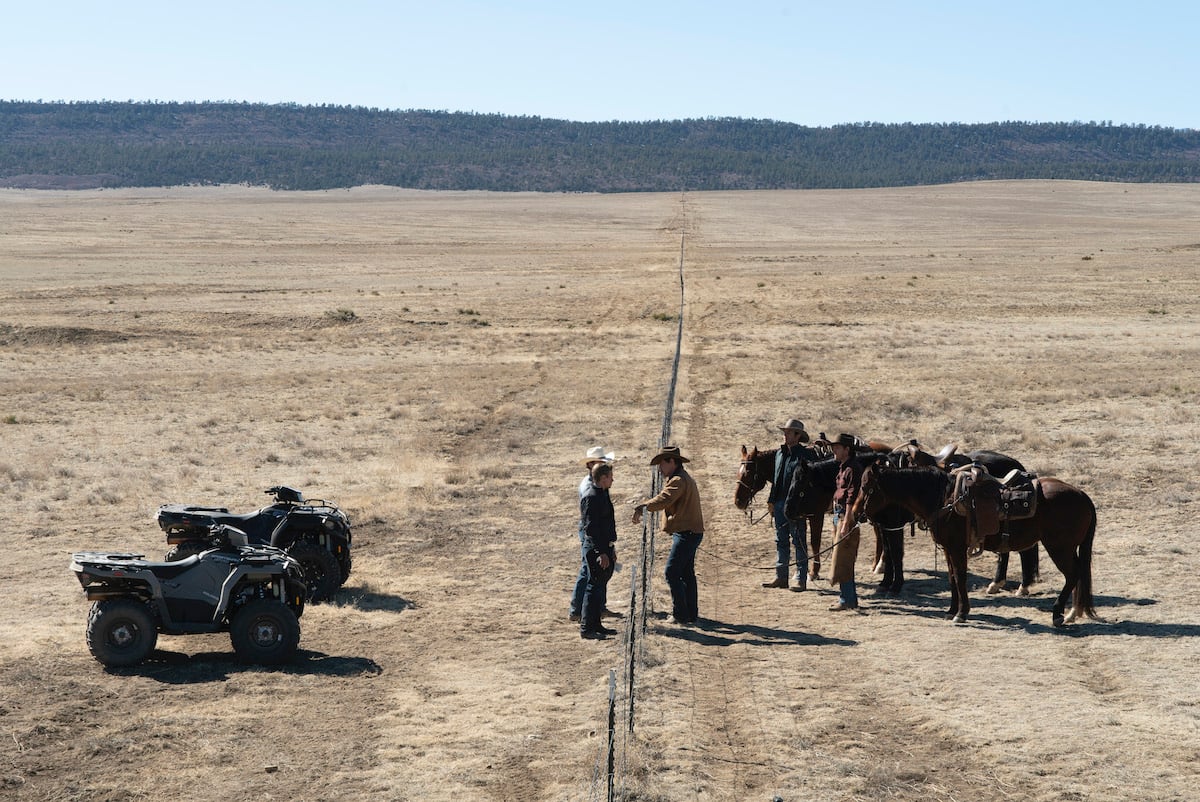
I can see that the sound work for the series was carefully crafted. How long was the post production sound schedule for the film and how many members of the team were there?
AB: The team started in September. Ailin Gong, our assistant sound editor started first, prepping everything for the crew so we could hit the ground running. The schedule was tight, and we worked on multiple episodes simultaneously. The show has a lot of VFX, so we needed to be nimble and react quickly to any picture changes. That would lead to new turnovers or mix dates and episode deadlines being shifted.
The dialog/ADR team, Marlena Grzaslewicz, Michael Feuser, Josh Berger, and Dan Edelstein started straight away. The plan was to record the ADR and loop group in blocks so Dan Edelstein, our ADR supervisor, had the daunting task of going through all 8 episodes at once, preparing for ADR and loop group recordings before the dialog was finished being cut. Kevin Peters, the sound designer, and I spent the first week preparing the workflow structure and creating different soundscapes. We pulled sounds to create a tailored project sound library to use for certain locations and FX. Laura Heinzinger, our Foley supervisor came on a few weeks later to coordinate with the Foley house, Alchemy Post Sound. We finished mixing the last episode in mid-February.
Were you working in-house at Harbor, remote, or a combination of both? What was that process like?
Kevin Peters: We primarily worked in-house at Harbor. Our edit rooms were only a few doors away from each other, which was also conveniently right near the mix room. This setup made it much easier to collaborate and share feedback. We did do some edit work from home, but thankfully the tools that make remote work possible, made everything seamless.
AB: The facilities and staff at Harbor are extremely talented and everyone is super communicative and helpful. That is key for having a job run smoothly. At the start, Kevin and I coordinated with Josh Berger, the re-recording mixer, to come up with a game plan to make the editorial/mixing process be more efficient. Kevin and Josh created a Pro Tools template so we could edit in a 7.1/atmos environment. They also created location reverb patches, so we could deliver to the stage the FX and Foleys with reverbs in place. This enabled us to exchange sessions between editorial and the mix stage without losing any of Josh’s mixing. It was very helpful, especially when we had to do go-backs during the mix. For example, we could work in a session that came from the stage and know exactly how the scene was sounding and which fx ended up being used.
"The facilities and staff at Harbor are extremely talented and everyone is super communicative and helpful. That is key for having a job run smoothly."
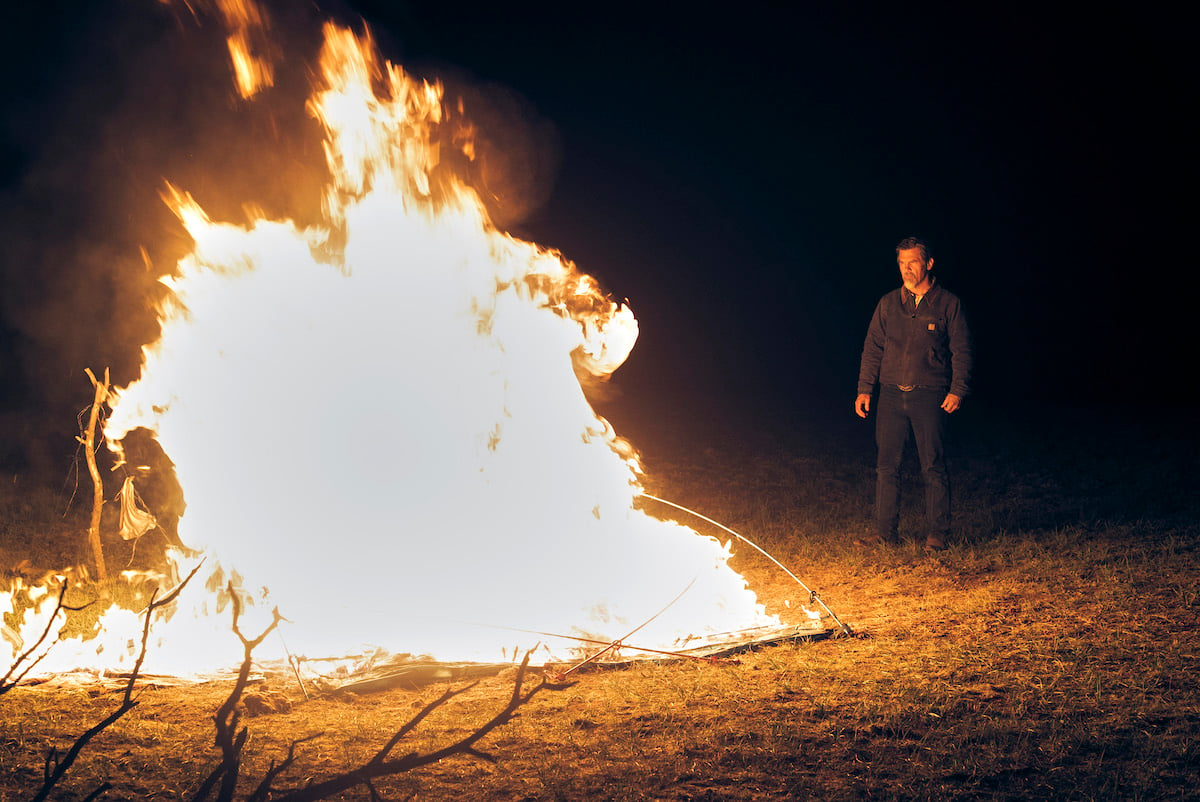
Andrea & Laura, the Foley is very effective in establishing the emptiness of some of the scenes. How did you approach this?
AB: Foleys are so important because they connect the audience directly to the character on the screen. They articulate what is going on emotionally with a character. What makes the team at Alchemy Post Sound so wonderful is that they act a scene, they don’t just walk it. Laura is amazing at getting that to happen and making sure that every nuance is there, no matter how subtle.
Laura Heinzinger: I always think about Foley in terms of the rhythm and cadence of a scene. The dialogue between characters certainly informs how I cue and edit Foley - but equally importantly, if not more importantly, I'm looking for the body language of each character, and how they are communicating with their actions, not necessarily their words.
Outer Range is at its core a western, which immediately brings to mind a whole palette of sounds: boots, wood creaks, leather, horse hooves, reigns jingling, crunchy dirt surfaces - but on top of being a western, it has a mysterious, otherworldly component to the story, much of which was aided by the more silent, empty moments.
One scene that comes to mind is the poker game between Autumn and Royal in episode 104 “The Loss”. There were discussions between Andrea, Kevin, me, and the Foley team at Alchemy Post Sound about making this scene feel like a showdown. Within the silence of this scene, Autumn and Royal challenge each other with their body language. We wanted to achieve a certain attitude in the way they put their cards down, the way they ever so slightly leaned forward in their chair, the way Autumn slams her foot on the table. We also filled the scene with subtle bar glass clinks and boots shuffling around the room to give the sense that they have an audience, and that Royal and Autumn's actions are performative. It's moments like these in Outer Range where there is space to express unspoken communication between characters that allows the Foley to shine.
"Foleys are so important because they connect the audience directly to the character on the screen. They articulate what is going on emotionally with a character.
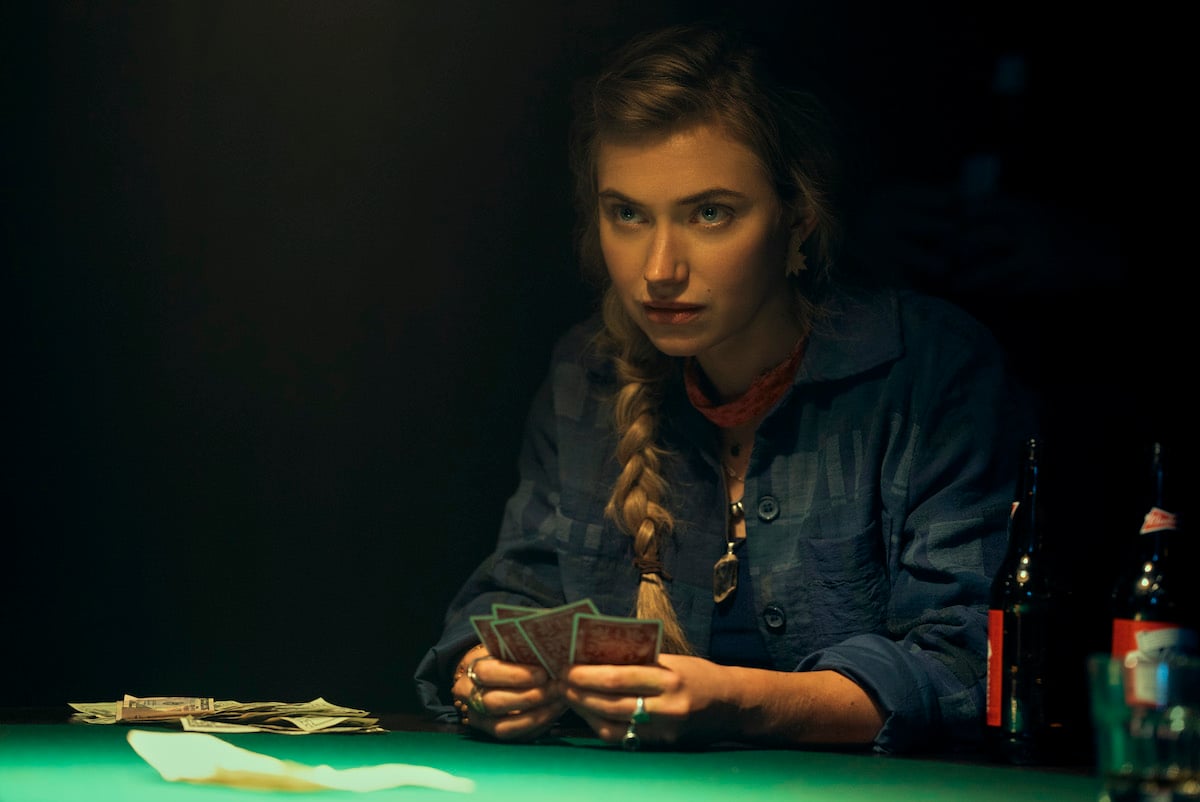
Can you each share an experience that posed a unique challenge, creative or technical, and how you handled it?
AB: Designing the hole was quite challenging, especially because we didn’t have the visual effects for a very long time. It is a very complex space. The hole started in editorial but it was really defined on the stage. Josh Berger, the re-recording mixer, took the sound design elements to literally a whole new level. Because we were mixing in ATMOS, he was able to craft how the sound of the hole behaved in the environment by putting certain tones in the air or placing others outside the sphere of the music. A lot of the elements were tonal in nature and needed to work organically with the music. Placement and pitch were key. Danny’s and Saunder’s score is incredible, very powerful and unique. I felt like it was narrating the story and we needed to play under or around that. During the mix, Josh always paid special attention to the “hand off”. We were always shifting or moving sounds around to make sure it fit nicely in a space that was not occupied by the music.
KP: For me the biggest challenge was in the finale. There is an epic stretch towards the end of the episode where the energy and sound needed to be full throttle, but also still have dynamics. Our approach was to first cover everything and then start doing passes where we pick and choose which elements are featured.
For example there is a car chase/shootout with elements like bullet ricochets, glass breaking, car engines, tires screeches, and an assortment of guns. The challenge was how to make certain moments more impactful than others when they are all just happening in rapid succession, while also keeping the character of whose firing what gun and which car belongs to who. Thankfully we were able to do a pass in the mix room with Josh Berger, the re-recording mixer, Andrea, and myself to really carve out those moments, and also leave space for the wonderful score from the composers.
"It is important to understand the emotional tone of a scene and how sound design can help underscore that. Be open to ideas and flexible. Don’t be afraid to experiment.
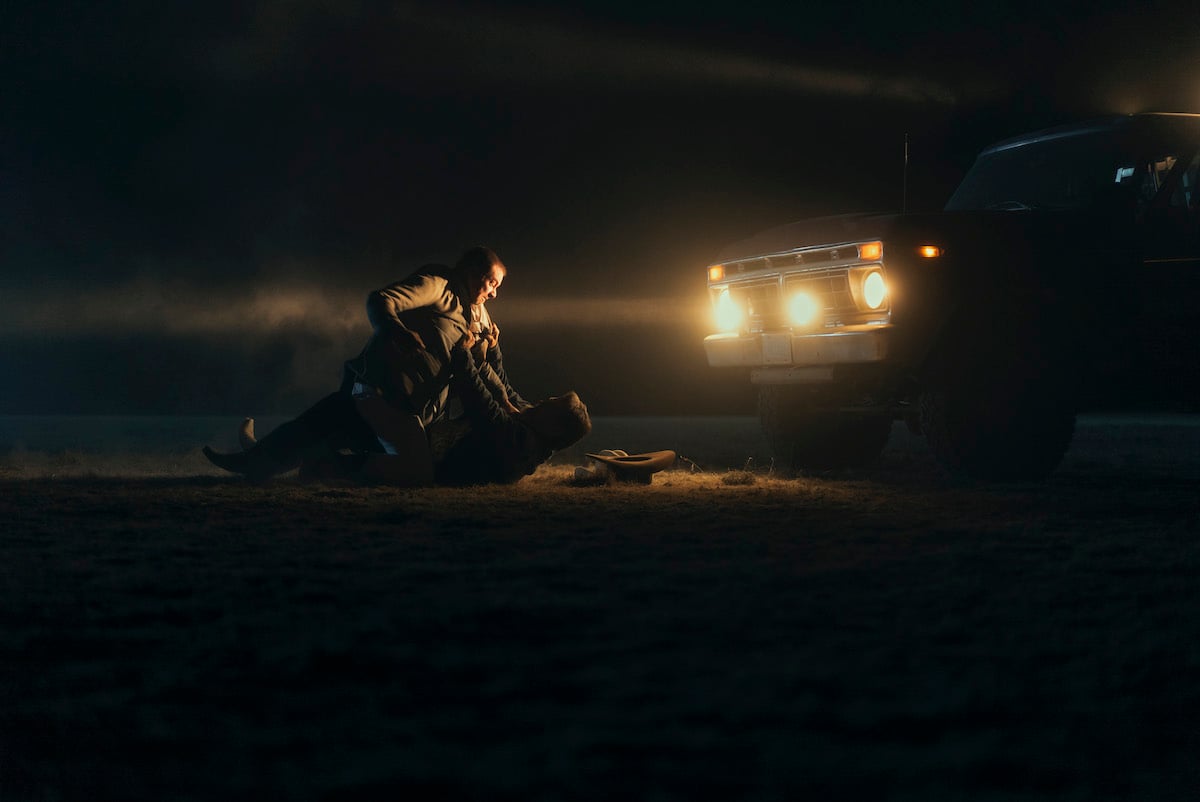
Harbor licenses CORE Complete giving you access to the entire Pro Sound Effects library - which is indeed a wealth of content! How did that impact your work on the series?
KP: Having access to CORE Complete was a huge advantage for us. I made good use of The Odyssey Collection for some of the vehicles and really loved the car destruction sounds in the King Collection. Overall the library is vast, and the fact that it follows the UCS naming standard is a huge plus for me. Gen Collection is also very versatile.
What is it that you found unique or helpful in these libraries that you don't see elsewhere?
KP: From a technical standpoint, I love how thorough and consistent the metadata is for each library. I was able to discover some new recordists and because of the rich metadata, track their material across multiple libraries.
The libraries are also pristine quality and depending on the content there are often some really great surround recordings or multi-mic setups.
What is your best piece of advice for up and coming sound editors and sound designers around the world on how best to communicate with directors when trying to achieve their sonic vision?
AB: I would say, if possible, get in touch early before sound editorial starts. Take the time to really understand the Director’s vision and try to see the film through their eyes. Read the script before you meet up. During the spotting sessions, ask a lot of questions and try to get a sense of the Director's taste and style. It is important to understand the emotional tone of a scene and how sound design can help underscore that. Be open to ideas and flexible. Don’t be afraid to experiment. But most of all, be kind to yourself and do not worry if your initial design did not work out. Sound design is subjective. Ask why it didn’t land and start again. That’s the fun of it!
KP: Doing a spotting session with the director and the creative team is critical. Establishing a clear understanding of their expectations, as well as what role they see sound playing in the story itself. I think as sound editors we often hear things a certain way, so it’s easy to cut it the way you think it should sound, but more often than not it’s the collaboration that yields much better results.
I’d also recommend trying to go out and do field recording for each project, even if the budget is too low or the schedule is tight. You will likely capture a few good recordings and if anything you’ll gain an appreciation for how masterful these recordists and engineers are who create the material for these sound effect libraries.
"Having access to CORE Complete was a huge advantage for us… I love how thorough and consistent the metadata is for each library... The libraries are also pristine quality.
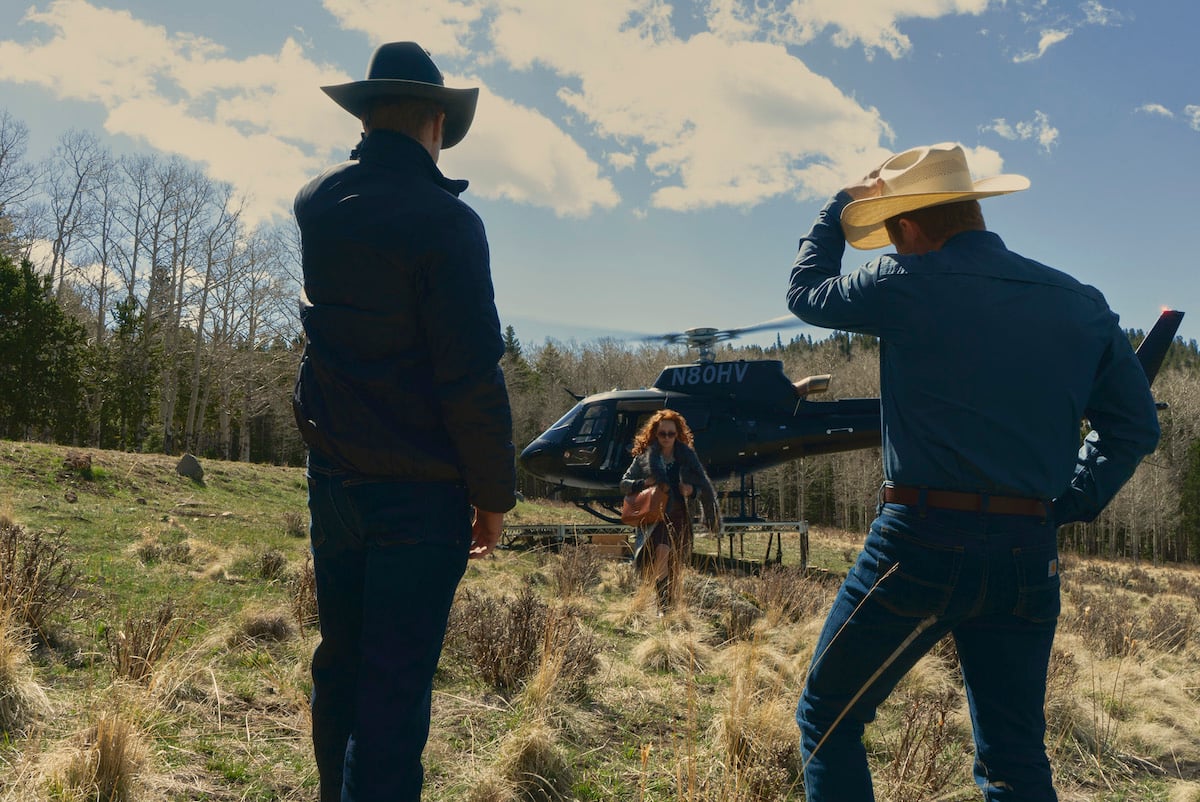
How can Pro Sound Effects empower your creative team?
-2.png?width=100&name=staff_162%20(1)-2.png)
Thanks to Alex Gregson of 344Audio for conducting this interview!


